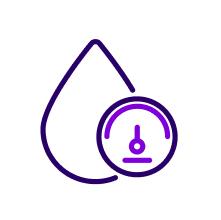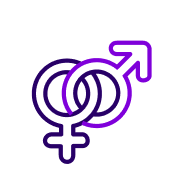
About PNH







The PIG-A gene is responsible for producing molecules called Glycosylphosphatidylinositol (GPI) anchors, which attach GPI-anchored proteins that protect the surface of blood cells from attack by complement. In people with PNH, the faulty or mutated PIG-A gene does not produce either enough or any of these GPI anchors so the protective proteins have nothing to attach to.1,3-5
Figure created by/for Alexion for illustrative purposes only
Haemolysis leads to a decrease in the number of red blood cells in the blood (anaemia), which is called intravascular haemolytic anaemia.1,5 In addition, white blood cells and platelets are activated by complement, which may cause blood clots (thromboses).1,5
The haemolysis that occurs in PNH takes place within blood vessels and is called intravascular haemolysis.7 Ongoing intravascular haemolysis in PNH can be destructive and the consequences may be life-threatening.8
The complement system is an important part of the immune system that protects the body against disease and infection.9
The complement system is usually in a ‘resting’ state – that means it is ready to act when needed. When it is working normally, a trigger for example, infection or surgery, causes the complement system to be activated in order to attack and remove any foreign or damaged cells.9
In PNH the complement system attacks blood cells, because they lack protective GPI-anchored proteins on the surface.2
Figure created by/for Alexion for illustrative purposes only
PNH has a diverse range of symptoms.9 The symptoms of PNH can change over time and vary from person to person. Some of the more common symptoms of PNH include1

